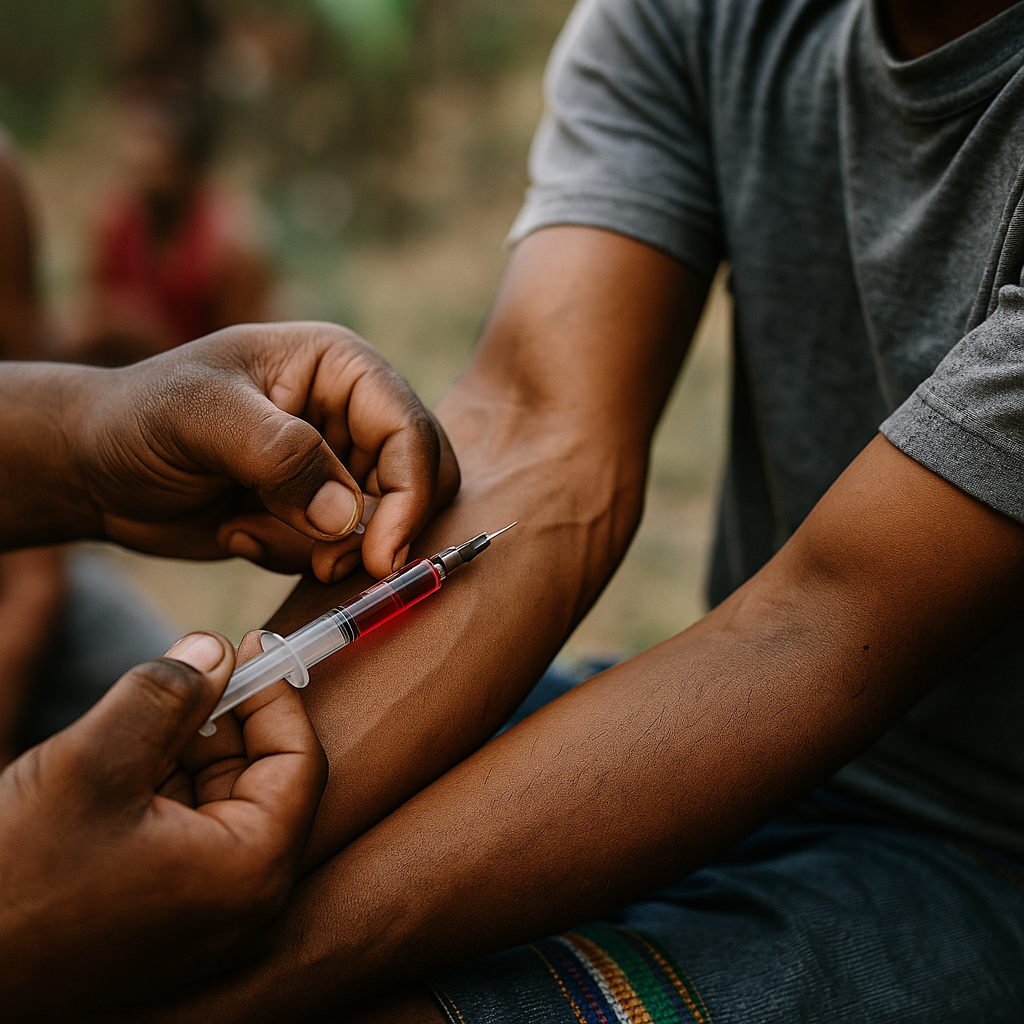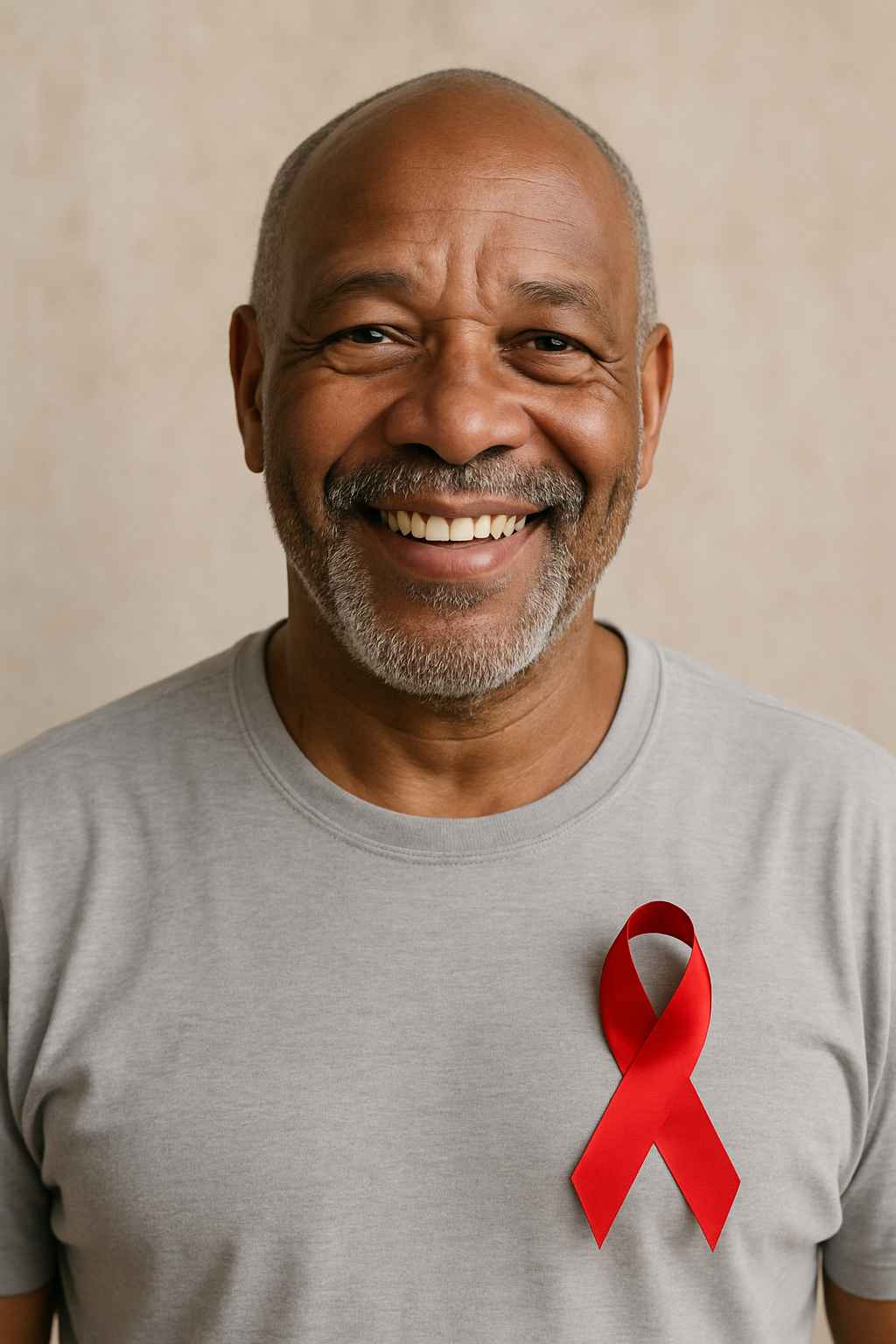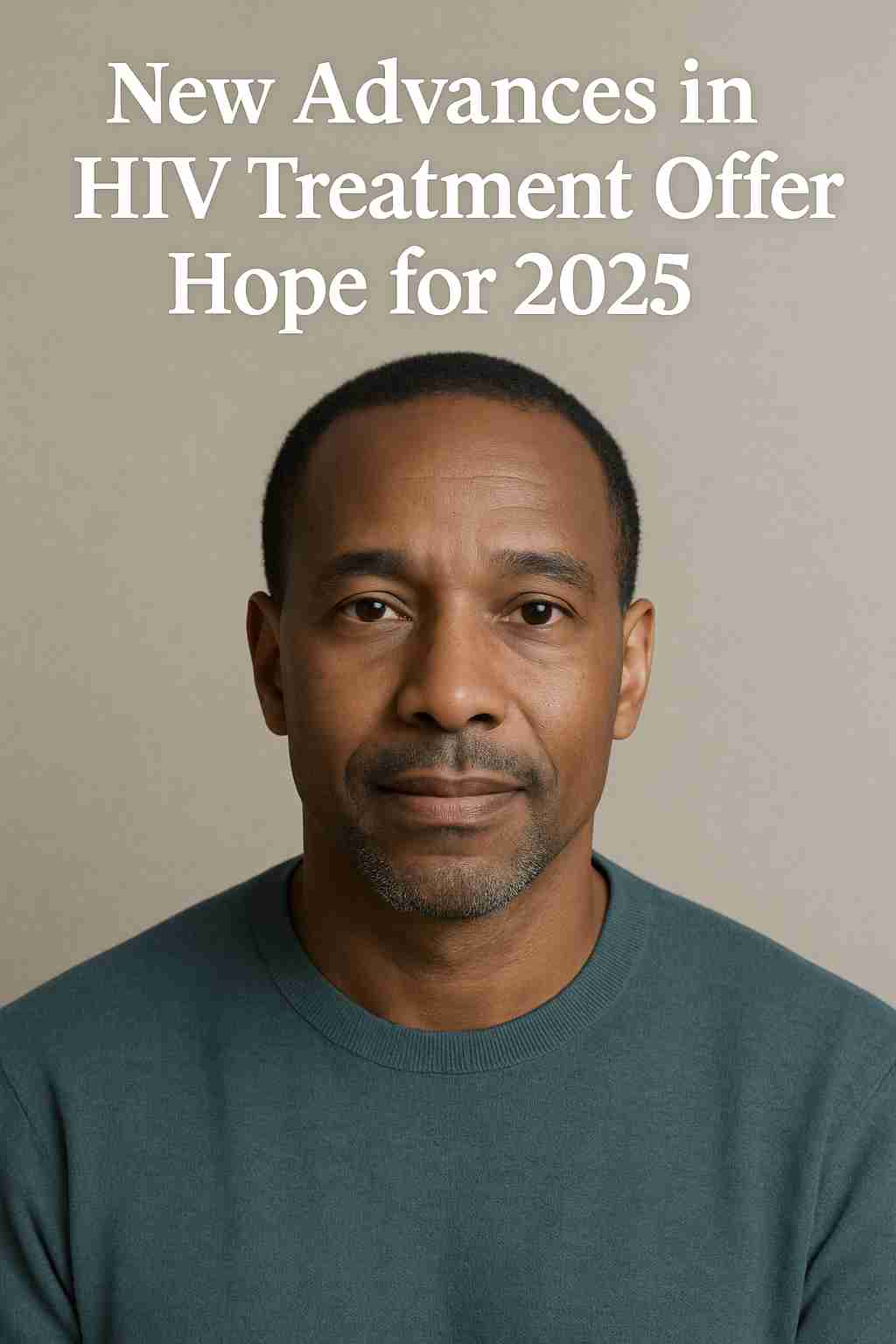Introduction
Why are teenagers still at risk of HIV in an age of advanced medicine and digital health access? Despite the availability of tools like PrEP and HIV self-tests, teen HIV education remains essential in 2025. Many adolescents still enter adulthood unaware of how HIV spreads or how to prevent it. In a world shaped by social media, evolving identity norms, and persistent stigma, education isn’t optional—it’s lifesaving.
Table of Contents
- Why Teen HIV Risk Is Still a Concern
- Barriers to Education in Schools
- The Role of Parents and Providers
- How Social Media Shapes Teen Perceptions
- Programs That Are Making a Difference
- Conclusion
- FAQs
Why Teen HIV Risk Is Still a Concern
According to the CDC, youth aged 13 to 24 still represent over 20% of new HIV diagnoses in the United States. Within that group, Black and Latino teens—especially those identifying as LGBTQ+—face disproportionately higher risk. What’s alarming is that many of these teens don’t perceive themselves as vulnerable. Some believe HIV is no longer serious, or that it’s “only a concern for older generations.”
Worse, fewer teens are getting tested early. The CDC notes that nearly half of youth living with HIV are unaware of their status. This silent spread of the virus, coupled with insufficient knowledge, underscores the urgent need for widespread, accurate, and culturally relevant education.
Barriers to Education in Schools
While education is one of the strongest tools for prevention, many school systems fall short. Just 29 states and Washington, D.C., require sex education, and fewer mandate that it be medically accurate or inclusive of all sexual orientations. In some areas, abstinence-only programs remain the standard—leaving students without practical skills for real-life situations.
Furthermore, fear of controversy often keeps HIV out of the classroom entirely. School boards, influenced by political and community pressures, sometimes avoid comprehensive topics altogether. This leaves teens relying on hearsay, online rumors, or peer advice that may do more harm than good.
Without school-based education, the burden shifts to families and healthcare systems, many of which are unequipped to fill the gap consistently or effectively.
The Role of Parents and Providers
Parents and medical providers can fill some of the gaps left by schools—but only if they feel prepared and supported to do so. Many parents hesitate to discuss HIV or sexual health, fearing that it will encourage early sexual activity. However, studies consistently show the opposite: teens who receive open, honest information make safer decisions.
For providers, the challenge is time and comfort. Annual checkups are often short, and discussions around sexual health may be skipped entirely, especially if teens are accompanied by parents. Yet teens who have access to confidential, teen-friendly care are more likely to ask about protection, HIV testing, and PrEP.
Resources like Healthcare.pro can help parents and providers learn how to frame these conversations, using simple language and empathy to build trust and encourage dialogue.
How Social Media Shapes Teen Perceptions
Today’s teens live in a hyperconnected world where social media often shapes their understanding of health and relationships. While platforms like TikTok and Instagram can be powerful tools for awareness, they also spread misinformation rapidly. Viral challenges and unverified “advice” can drown out scientifically accurate voices, making education more complex than ever.
However, there’s opportunity here too. Influencers and health organizations are beginning to use these platforms to deliver accurate HIV information in creative ways—from story-driven videos to interactive Q&As. Teens are more likely to engage with content that feels authentic and accessible, especially when it features people their own age or from similar backgrounds.
Programs That Are Making a Difference
Despite these challenges, there are programs leading the charge for better education. Organizations like Advocates for Youth and TeenAIDS-PeerCorps empower young people to become peer educators. This peer-to-peer model helps reduce stigma and makes information more relatable and trustworthy.
One standout initiative is “My Health, My Life, My Choice,” a CDC-supported curriculum that uses interactive methods to teach youth about HIV prevention, consent, and healthy relationships. In pilot schools, students reported feeling more confident in discussing HIV and making safer choices.
Additionally, digital tools are gaining ground. Apps that offer anonymous Q&A with health professionals, gamified lessons, or access to free at-home test kits are proving successful in both urban and rural areas. These tech-forward solutions are helping bridge gaps where in-person programs fall short.
Conclusion
Teen HIV education is more than a health initiative—it’s a matter of equity, dignity, and survival. In 2025, teens deserve more than outdated pamphlets and fear-based messaging. They need facts, real conversations, inclusive curriculum, and a system that meets them where they are—online, in schools, and at home. As long as new cases are being reported among young people, education must remain front and center in our fight against HIV.
This content is not medical advice. For any health issues, always consult a healthcare professional. In an emergency, call 911 or your local emergency services.
FAQs
What age should teens start learning about HIV?
Experts recommend starting with age-appropriate topics in middle school, expanding to more detailed sexual health content by high school.
Is HIV still a serious concern for teens?
Yes. Teens, especially those from underserved or LGBTQ+ communities, remain at risk. Prevention through education is still crucial.
How can schools improve HIV education?
By adopting comprehensive, medically accurate, and inclusive programs that reflect current realities and diverse student populations.
Can teens use PrEP?
Yes. PrEP is approved for adolescents at risk. A healthcare provider can help determine if it’s appropriate based on lifestyle and risk factors.
Where can teens get reliable HIV info online?
Reputable sources include CDC.gov/hiv, Healthcare.pro, and Advocates for Youth.




